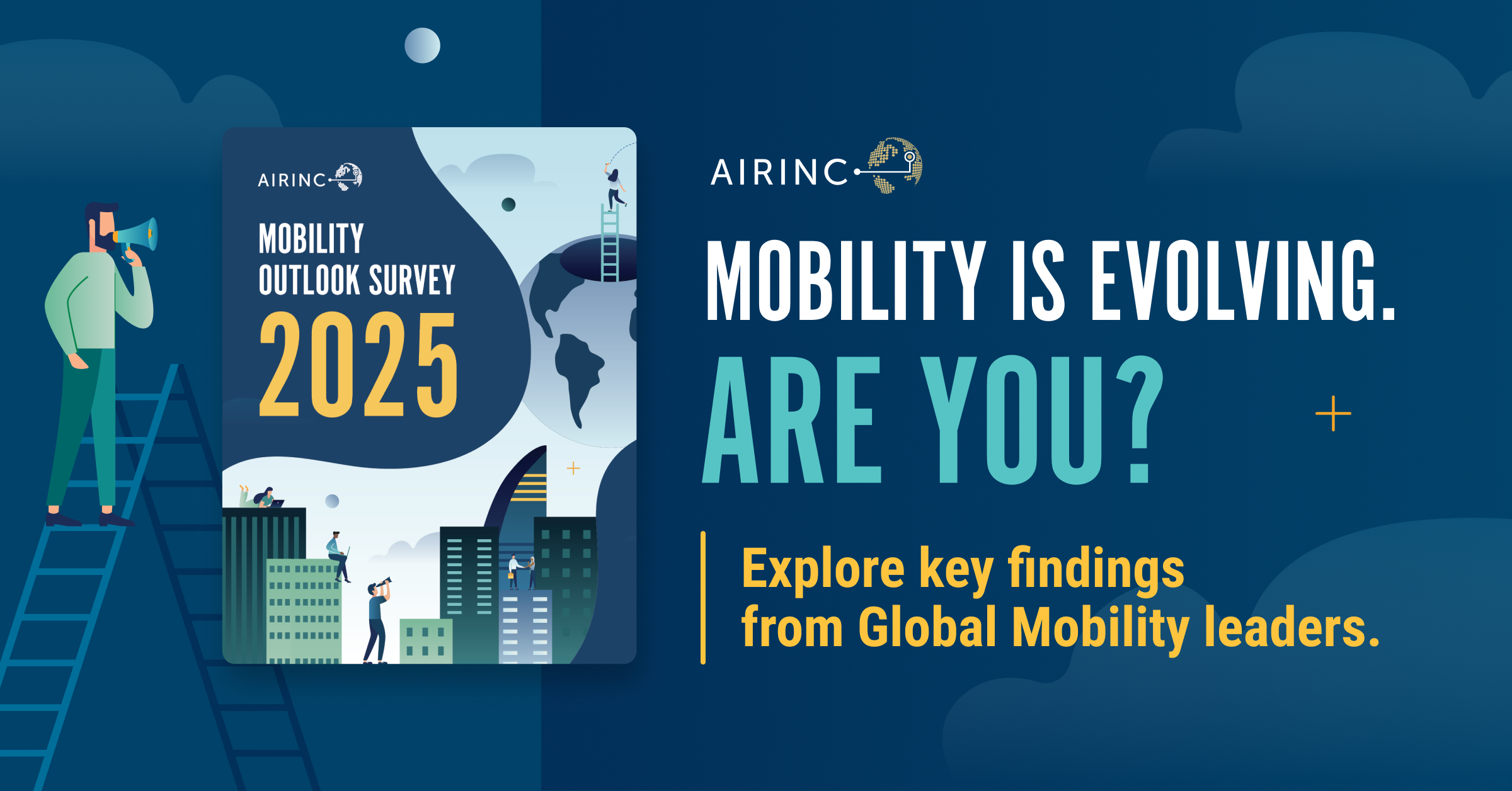In our recent Global Mobility Function Design Benchmark Survey, participants shared valuable insights into how their teams are structured and operate. The results revealed just how diverse Global Mobility (GM) functions can be, from solo practitioners managing every aspect of mobility to multi-layered global teams with specialized roles and governance frameworks.
To take you behind the scenes of these findings, we’re launching a three-part blog series exploring the key themes that emerged:
- Blog 1: How Teams Are Organized Today – A look at the wide range of Global Mobility team models and structures.
- Blog 2: Why Teams Are Built This Way – The factors driving function design, from compliance and governance to technology and talent strategy.
- Blog 3: What the Future Holds – The trends shaping tomorrow’s Global Mobility function and its evolving role in the business.
Small but Mighty: Solo Practitioners
Several respondents indicated that their GM function is run by just one person. These individuals often juggle the responsibilities of Advisor, Specialist, and Case Manager simultaneously.
One participant described their reality simply:
“As the team consists of 1 FTE, there are no split roles. I am Advisor, Specialist, and Case Manager all in one.” European Construction Firm
Another echoed the same:
“Only one employee (manager) that acts as senior advisor, specialist and manager.” APAC Energy Company
And
“One global mobility manager manages all aspects of the global mobility function. The global mobility manager reports to the Sr. Director of Benefits” North American Leisure/Hospitality Company
Lean setups like these highlight the adaptability required of mobility professionals, especially in organizations with smaller expatriate populations, less complex use cases or limited budgets.
Scaled Teams: From Specialists to Directors
On the other end of the spectrum are organizations with highly structured teams that include multiple layers of management, specialists, and regional leads.
For example:
“Structure from highest to lowest roles: Global Mobility Strategy Director, Global Mobility Sr Manager (handling global immigration), Global Mobility Manager (relocation and flexible work), Global Mobility Program Manager (special projects), Global Mobility Partner (relocation and tax), Global Mobility Specialists, and Global Immigration Specialists.” North American Tech Company
Another shared a similar model:
“VP, Global Mobility as the Head of our function. They have a Director (US Domestic Mobility), Director (Compliance) and Sr Manager (Global Mobility) reporting to them. Our Director (Compliance) has no direct reports. Director (US Domestic) and Sr Manager (Global Mobility) each have a Global Mobility Advisor reporting to them. The Sr Manager (Global Mobility) also has a Manager (Global Mobility) as a reporting line. The US Domestic team manage all State to State relocations and the Global Mobility team focus on International operations where there is a cross border action. International Remote Work is managed by the Manager (Global Mobility) and the US Domestic Global Mobility Advisor.” North American Entertainment Company
These examples show how companies with larger or more complex programs often build depth and specialization, with experts dedicated to immigration, tax, policy, operations, and program management.
Regional vs. Centralized Approaches
Team design often reflects a company’s geographic footprint. Some organizations emphasized strong regional leadership, while others centralize their functions globally.
One respondent explained:
“Regional focus. Each region has a Regional Manager, with Relocation and Tax Specialists + Mobility Analyst reporting to this role.” North American Consumer Goods Company
Meanwhile, another described a more centralized approach:
“A Center of Expertise partners with a small internal service center and RMC to administer policy/programs. One team member coordinates North America immigration.” North American Agriculture Company
Both models can work well, depending on whether mobility needs are concentrated in specific regions or spread evenly across the globe.
Specialized Roles Emerging
A recurring theme in the survey responses was the importance of specialization within GM teams. Many organizations highlighted dedicated roles or entire teams for tax, immigration, vendor management, or analytics.
An example of dedicated teams:
“Advisory team that handles the cases (Global Mobility managers); Governance team that handles payroll, audit, technology; finance function that manages billing, cross charges; Employee Experience/Vendor management; [HQ] Immigration team; US/Global Immigration team.” European Pharmaceutical Company
Or separate programs within the function:
“GM Director leading 4 programs: Assignee/Relocation, Immigration, Tax, Rotators. Each program has a program lead with teams reporting in.” North American Energy Services Firm
This trend suggests that while operational delivery remains critical, organizations are increasingly investing in expertise to manage compliance, vendor relationships, and employee experience.
Key Takeaways: What We Learned About Global Mobility Function Design
What became clear from our benchmark is that there is no single blueprint for how a Global Mobility function should be organized. Some teams operate lean, with one person wearing many hats, while others build depth through specialization and regional leadership. The right model depends on factors such as program complexity, geographic scope, vendor partnerships, and technology capabilities.
No matter where your organization falls on this spectrum, whether small but mighty or scaled and specialized, every model reflects the same goal: enabling mobility that supports business success. If you’re looking to review how your Global Mobility function is designed, we’d love to help.
In our next blog, we’ll explore why organizations structure their GM teams the way they do, looking at the drivers behind these models, from compliance to employee experience.
Want More on the Global Mobility Function?
Explore additional AIRINC insights that dive deeper into how organizations are designing and evolving their global mobility functions:
-
Global Mobility Function Paper: Learn how leading companies are redefining their mobility functions to deliver business value and enhance the employee experience.
-
Global Mobility Function Case Studies: See real-world examples of how organizations are transforming their program design, vendor partnerships, and technology use.


%20(83)%20(1).png)


%20(6)%20(1).jpg)

%20(19).png)

